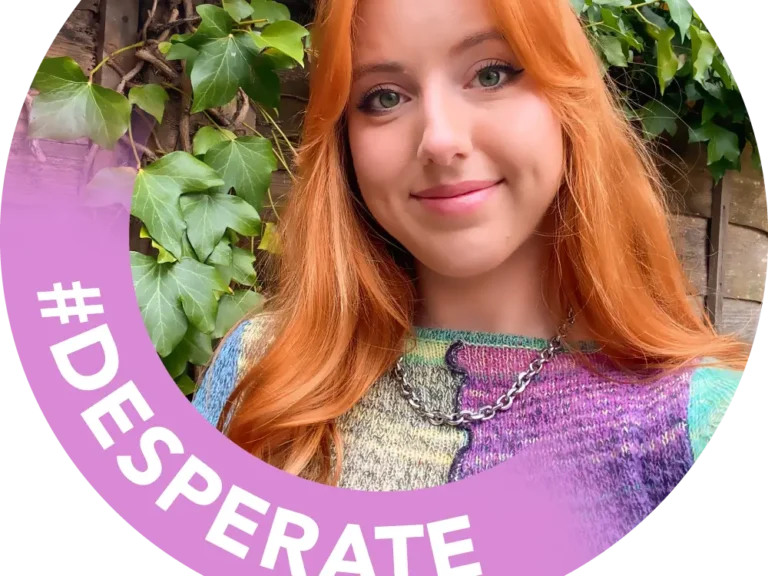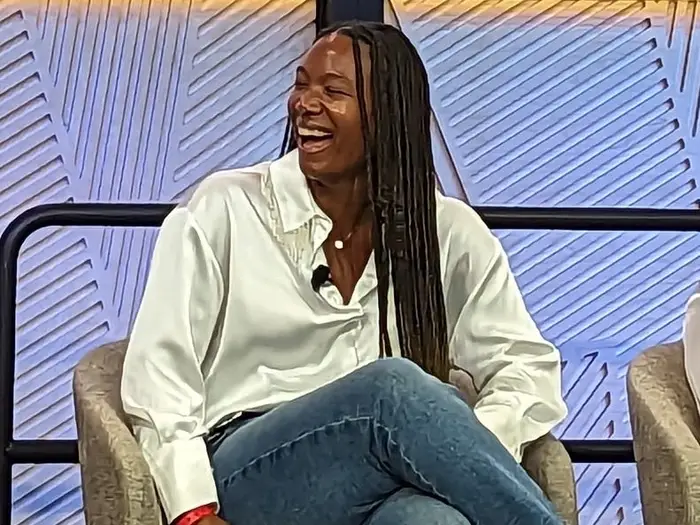A man who’s been to nearly 20,000 Starbucks locations describes how the chain could get its ‘third-place’ status back

Winter at a Starbucks store in Taiwan Taoyuan International Airport outside Taipei.
Later this month, a man named Winter plans to set foot in his 20,000th Starbucks store.
He is hoping it will be one in Plano, Texas, the city where he first came up with the idea of trying to visit every company-owned Starbucks store back in 1997 while spending time in the cafés hanging with friends. “I just wanted 20,000 to be something special,” he said.
Before that, he has a road trip planned to get his store count to 19,999. “I’m hoping to make a loop across Arkansas, Oklahoma, and West Texas to get the 40 stores that I need,” Winter (his full, legal name) said in an interview with B-17.
Winter’s milestone will come as Starbucks undergoes a transition. CEO Brian Niccol, who took over as the chain’s top executive in September, said last month he wants to add more comfortable seating and cut down wait times for drinks in order to draw customers back to Starbucks stores.
Starbucks’ fourth-quarter earnings last month showed sales declines in the US and abroad, particularly in China.
Winter started visiting Starbucks for its ‘third-place’ feeling
Winter said he first visited a Starbucks in 1995 as a college student looking for a place to play chess with a friend.
Later that year, Winter moved to Plano, Texas, and found another Starbucks store about a mile from his apartment where he played board games with friends, read, or just hung out, he said.
“It quickly became my third place, that exact role that Howard Schultz envisioned,” Winter told B-17, referencing the former Starbucks CEO’s goal of creating a place for customers to spend time outside home and the workplace.
At the time, new Starbucks stores were popping up around the US, and Winter said he visited stores around Dallas as they opened. Starbucks had about 1,400 stores in 1997 — 400 more than it had the year before, according to the company.
Winter said he got the idea to visit all of them during a conversation with an employee back then about the number of locations. “That was the exact moment that a light bulb went off in my head, and I asked, ‘I wonder if it would be possible to visit every Starbucks,'” he said.
Since then, he’s focused on visiting as many as he can — or “Starbucking,” as he calls it. He left his job at a software startup in late 1997 and started doing contract work to make it easier to travel and add more Starbucks stores to his list. He logs each store visit in a Microsoft Access Database and on his website.
As of June, Starbucks had over 39,000 company-owned and licensed stores. That growth, plus a constant stream of new openings and store closures, means Winter will never really achieve the goal he set out in 1997, he said.
He’s not giving up, though. “The best I can do is visit as many stores as possible in my lifetime, and I have come to terms with that reality,” he said.
The endeavor has taken him to all 50 states and dozens of other countries, from Japan to South Africa. He’s also met up with other people who are also trying to visit different Starbucks stores and has written a book about Starbucking that he’s trying to get published.
Starbucks needs to run fewer, better stores, Winter says
Winter has advice for CEO Niccol and the rest of Starbucks’ executive team as they attempt to improve results at the coffee chain.
Not all Starbucks stores that Winter visits are as welcoming as that Houston location where he played chess with friends back in 1995. Starbucks employees at many US stores seem to be stretched thin, he said, as they struggle to fill a torrent of drink orders and have little time to chat with patrons.
While some Starbucks stores that Winter has visited, such as those in college towns, still attract lots of in-person patrons, others, such as in small towns and rural areas, often have empty seating areas and mainly serve drive-thru customers, he said.
“By trying to maximize throughput, they are compromising the customer service and the customer experience,” Winter said. “And I think it’s come full circle and started to hurt the profits.”
Instead, Winter said, Starbucks should “have fewer stores with better-trained baristas rather than more stores with more poorly-trained baristas — or not even being able to staff those stores.”
Winter also said he hands baristas his reusable cup every time he orders a drink at a Starbucks store, but many already have their hand on a single-use paper or plastic cup when he starts placing his order.
Starbucks started allowing customers to use their own reusable cups for drive-thru and mobile orders in January. It has “seen encouraging results” since it made the change, a company spokesperson told B-17.
The company needs to offer more training to employees on accepting those cups, Winter said.
The challenges Niccol faces in making Starbucks a “third place” were illustrated this week. When B-17 spoke to Winter on Monday, he said that he had planned to take the call at a Starbucks store in the Dallas area, but he ended up at a biscuit shop down the street after he ran into a problem at the Starbucks location.
“The one that I was headed to was pickup only,” with little room for him to sit, drink coffee, or plug in his computer, he said. “They did have some outdoor seating, but it was just not as convenient.”
A Starbucks spokesperson said that the company’s “Back to Starbucks” plan, introduced last month by Niccol, aims to make its cafés feel more like places to hang out again — by serving for-here orders in ceramic mugs, for instance.
It is also looking at staffing levels during busy times, such as the morning coffee rush, in order to make sure enough employees are on duty, the spokesperson said.






